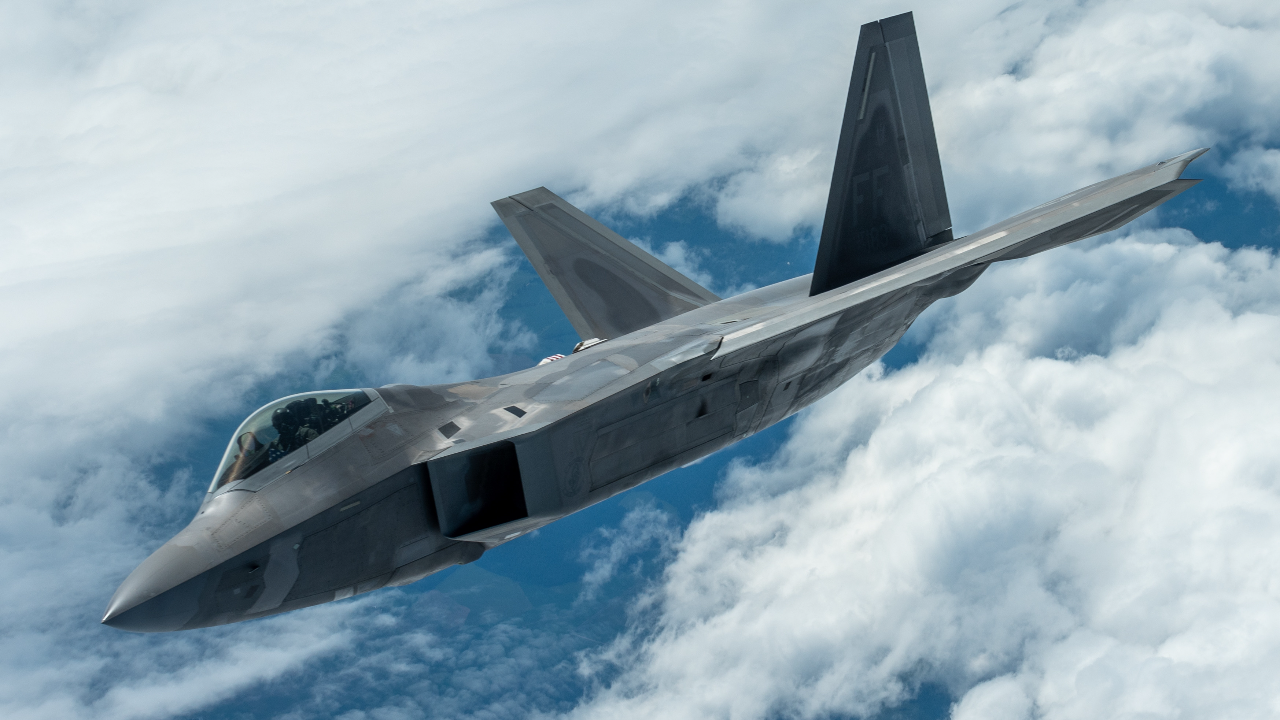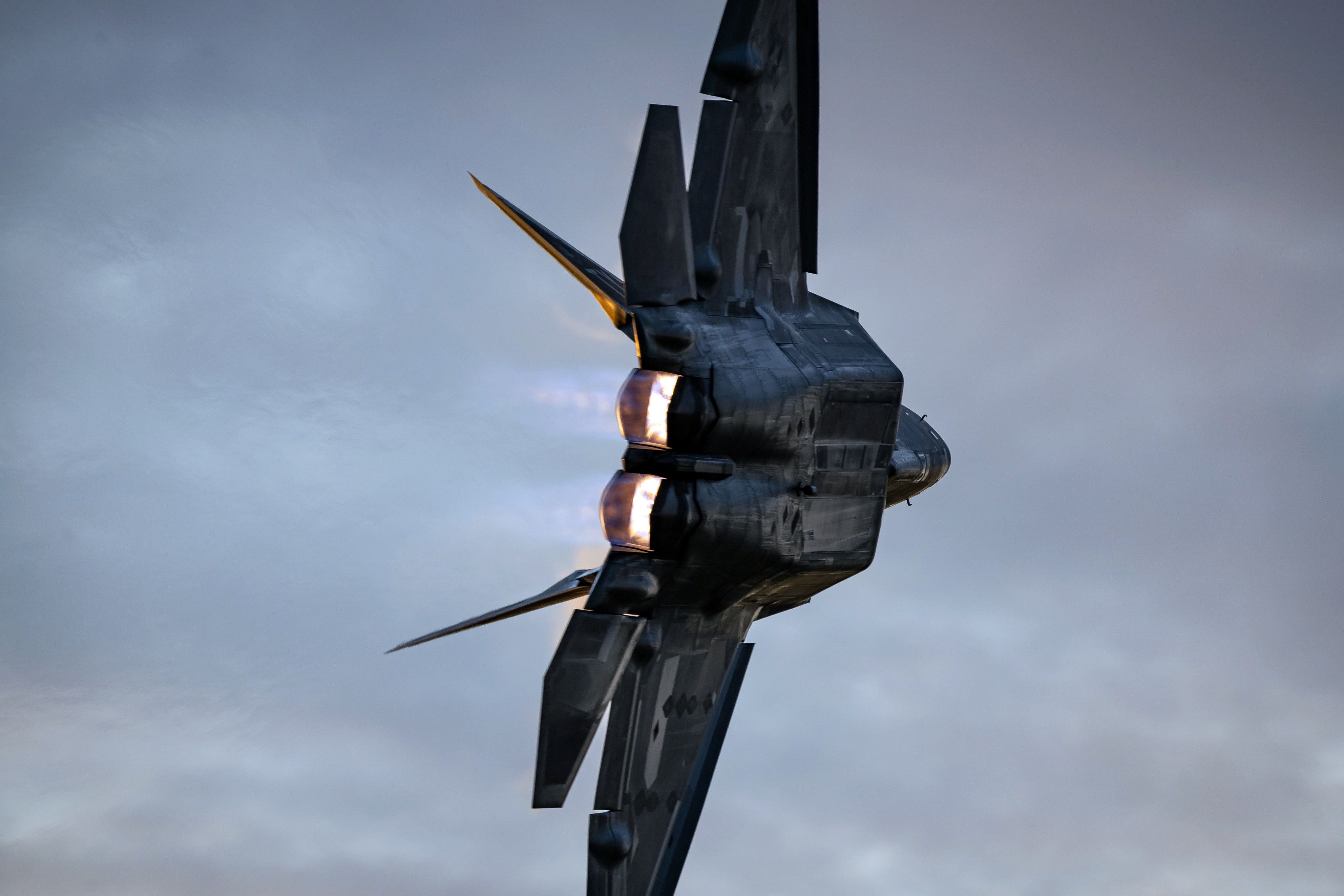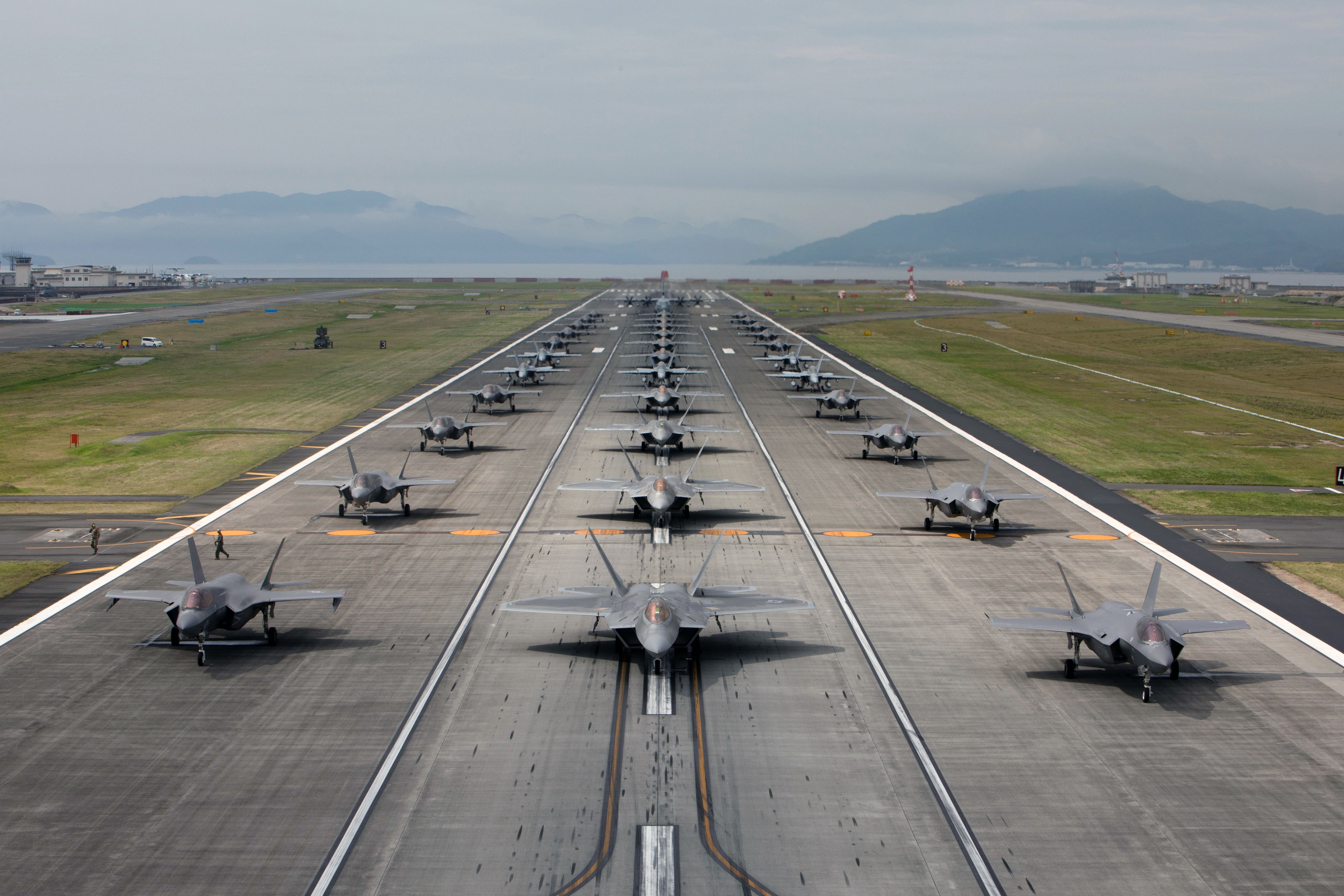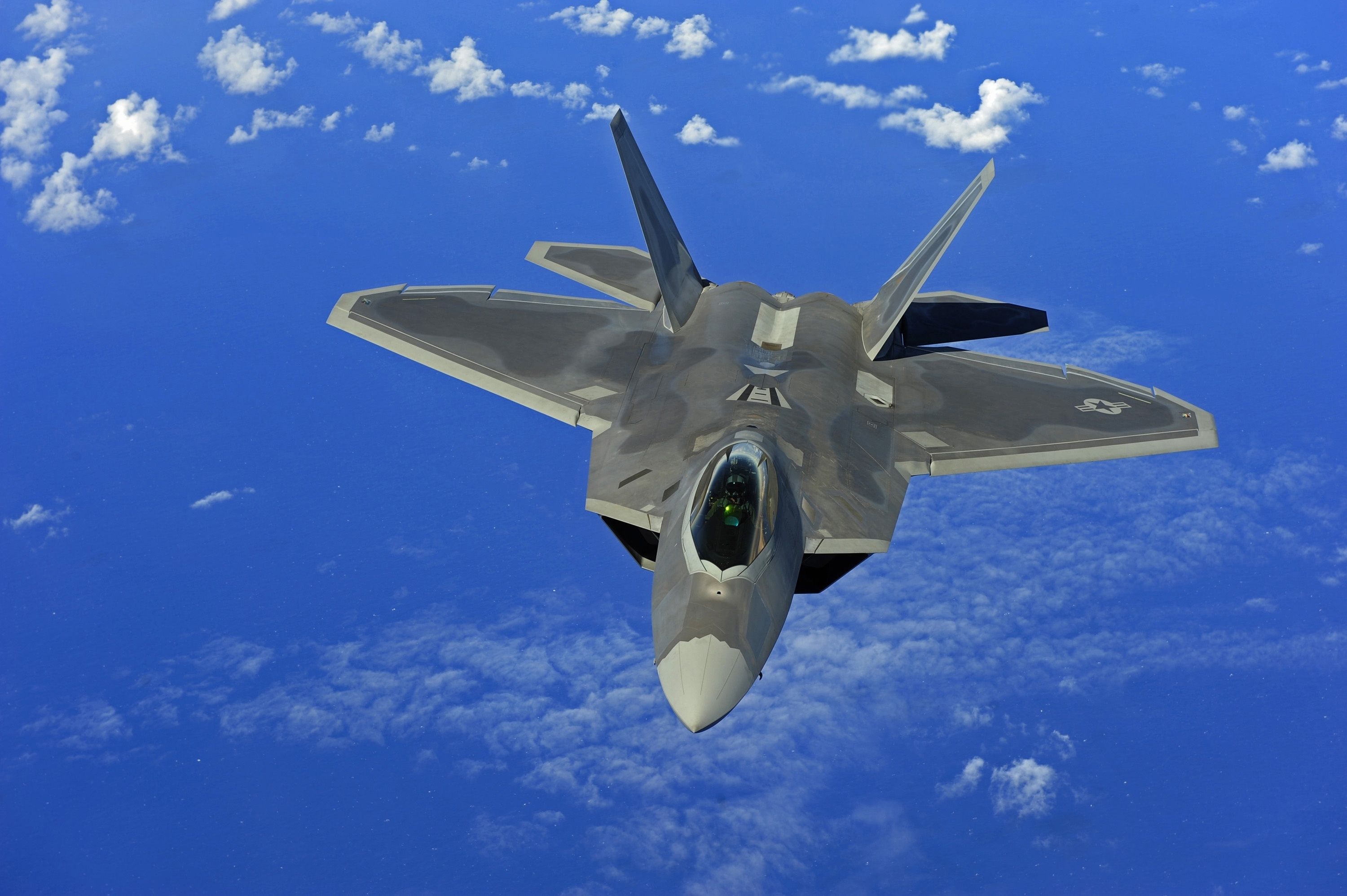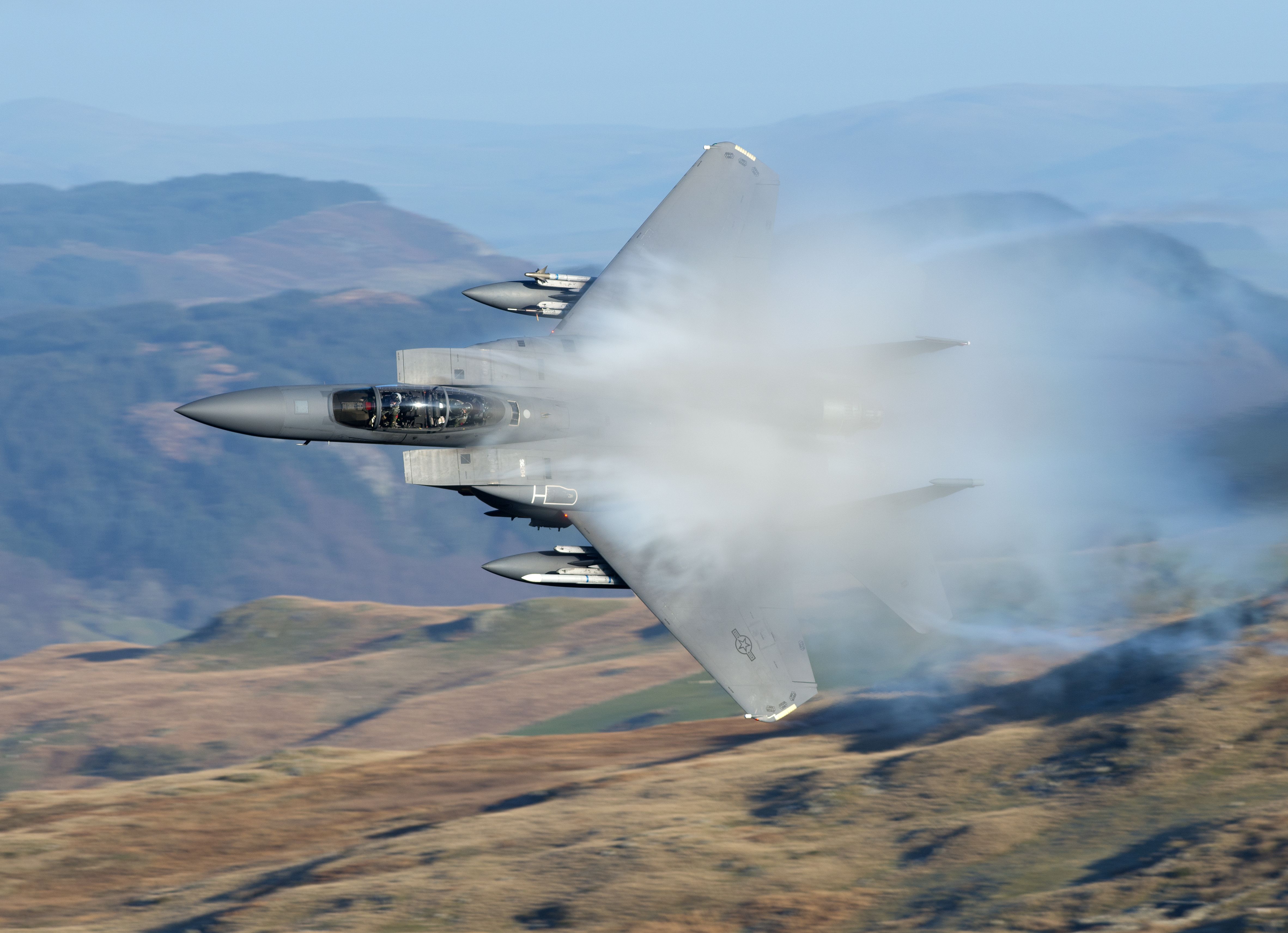Summary
- The F-22 Raptor remains a top air superiority fighter, but faces limitations in terms of versatility and updates.
- The Air Force seeks to retire 32 older F-22 Raptors to save costs and focus on more capable future platforms.
- The F-22 will be outlived by the F-15 and has limited use beyond air superiority, prompting retirement discussions.
The DoD is asking Congress for permission to retire 32 of its F-22 Raptors. The F-22 Raptor wasn't built to just be an air superiority fighter; it was an air-dominance fighter. The F-22 was the first fifth-generation fighter to enter service in the world (and remained the only one until the F-35 entered service in 2015).
Many hundreds of F-22s were meant to be procured, but with the end of the Cold War and the end (or pause) in great power competition, there just didn't seem to be a need to buy the expensive jets. Ultimately, the F-22 program was canceled early with only a portion of the planned amount being built. Now the Air Force wants to divest units.
The F-22 still on the top
"[The F-22] has unprecedented survivability and lethality, ensuring the Joint Forces have freedom from attack, freedom to maneuver, and freedom to attack in the assurance of world-wide air dominance." - DoD
The F-22 Raptor was designed to penetrate enemy airspace and achieve first-look, first-shot, first-kill capability against multiple targets. But while it may still be the most advanced air superiority fighter out there. Its overwhelming advantages are been progressively reduced by new aircraft around the world.
Forbes reported Air Force acquisition chief Andrew Hunter speaking in relation to the military competition with China, "F-22 is a critical capability. So what’s my highest priority in the near term for that great power competition? I’d probably put F-22 at the top.” The Air Force has approximately 183 F-22 air superiority fighters. However, around a third are used for training. The actual combat force is around 120 aircraft.
Highest priority or not, the Fiscal Year 2025 Divestments call for the retirement of 32 F-22 Raptors (along with many other aircraft). The topic of retiring F-22s is sensitive and complicated. Forbes summarizes it as "The F-22 is a sensitive topic for the Air Force which is trying to satisfy competing constituencies which alternately want to divest of current platforms to free up funding for future manned/unmanned aircraft or which recognize the need for more combat power now." Originally, the F-22s were supposed to serve until around 2050.
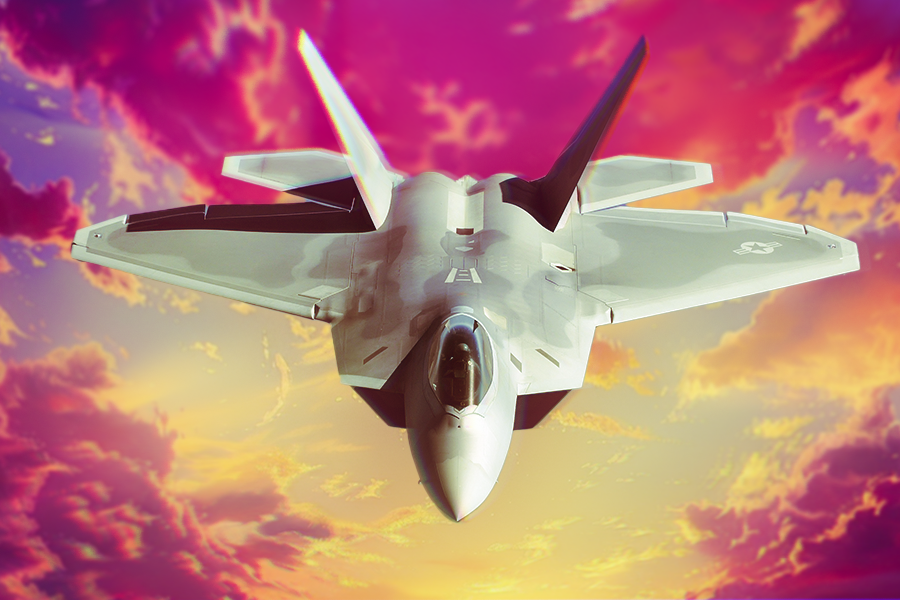
Explained: The Strengths & Weaknesses Of The F-22 Raptor Fighter Jet
The Raptor's incredible power and stealth make it the most dominant fighter on the planet, but its cost and obsolescing technology hold it back.Why retire these F-22 Raptors
The F-22 Raptor is an air superiority fighter aircraft, but its advanced stealthy design is a key limitation. It is good in that role and (more or less) only that role. The aircraft is limited to only carrying weapons within its limited internal bays. Even if munitions could be attached outside, this would compromise its stealth and so the Air Force might just as well as use an F-15.
To remain relevant, aircraft need to be updated progressively throughout their lives. Other aircraft, like the latest versions of the F-15 and F-16, are almost unrecognizable from the first variants that entered service many years ago. However, the F-22 is very limited when it comes to updating the platform.
It should be stressed this is not the end of the F-22. F-22s remain a critical tool in the Air Force's toolbox, and the Air Force is only asking to retire 32 older Block 20 F-22s that can't be used in combat. The Block 20s were primarily designed for training purposes and are not combat-capable. The Eurasian Times reported, "Additionally, these jets belong to the early production models known as Block 20 jets, primarily designed for training purposes and are not combat-capable."
Regarding this batch of older F-22, Lt. Gen. Richard Moore states, "They will never be a part of the combat force." By shedding them, the Air Force could save around $500 million a year. It would cost the Air Force $3.5 billion to bring these 32 F-22s to combat capability.
Going forward, the Air Force sees the F-35 as the stealthy mainstay of the fleet supported by unstealthy but cheaper 4.5 generation F-15EX aircraft that can act as delivery trucks and in other roles. The F-15EXs will be retired in the 2030s as the sixth-generation NGAD fighter enters service, by which time the F-35 will start to play a supporting role. It is not expected that all the F-22 Raptors will be retired before NGAD enters service.
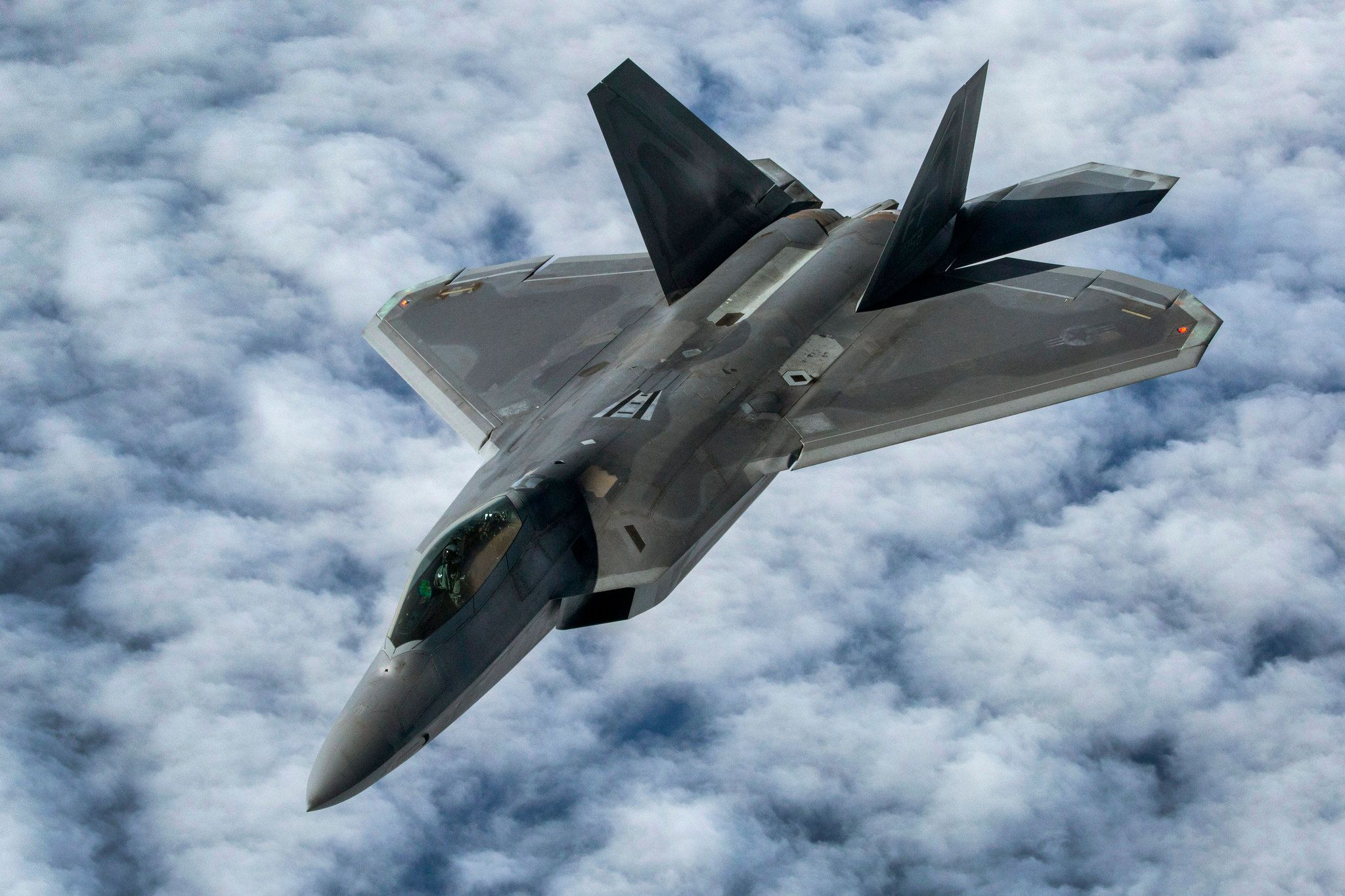
The Lockheed Martin F-22 Raptor: Everything You Need To Know
The F-22 Raptor is a formidable stealth fighter in the US' arsenal of military fighter jets.The F-15 Strike Eagle outlives its successor
It may seem like a cruel twist of fate that the venerable F-22 will be outlived by the F-15 (and even F-16) that it was meant to replace. The F-15 is not intended to be stealthy, so it can carry more weapons and other packages that the F-22 just can't. The F-15s are also much cheaper to operate compared to the F-22. The DoD states that 4th generation fighters "...more economically address threats that do not require state-of-the-art 5th generation combat jets."
From the Air Forces' point of view, the F-22 is a capable platform but also one difficult to upgrade or use in other roles. It is expensive, and the force thinks that divesting some of the older Raptors will free up money and allow them to focus on bringing the sixth-generation NGAD fighter into service.

